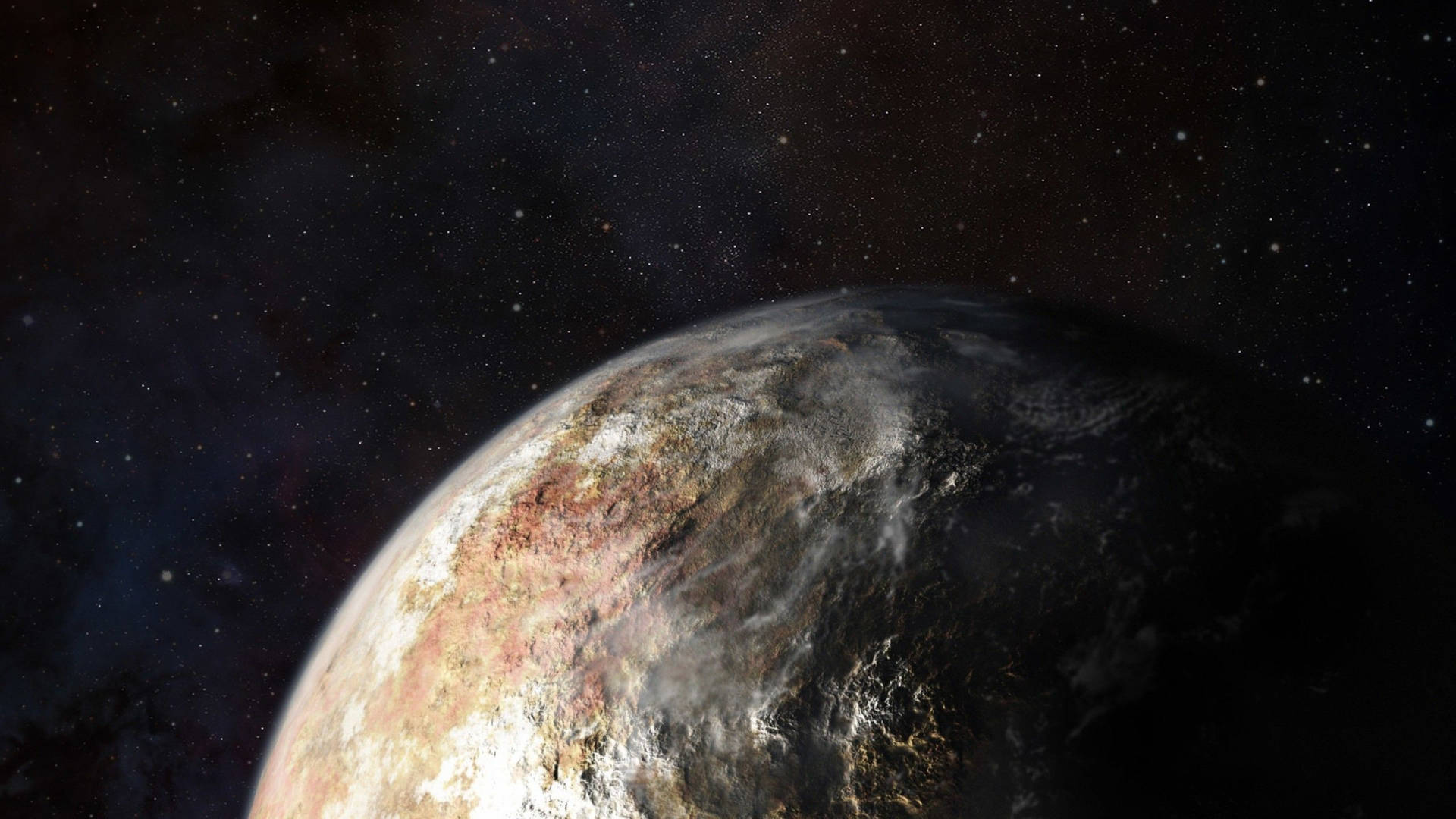
Pluto has been one of my favorite planets since childhood; I’m not sure what the reason is, but it’s probably because, as an introverted kid, I envied the solitude Pluto had. Today we will look into the story of pluto, where it stands today in 2023, and why Niel Degrass Tyson kick it out of our solar system (figuratively)
Pluto is a dwarf planet in the Kuiper Belt, a donut-shaped area of frozen planets beyond Neptune’s orbit. Millions of these ice objects, known as Kuiper Belt objects (KBOs) or trans-Neptunian objects (TNOs), might be in our solar system’s furthest reaches.
Pluto, smaller than the Moon, is home to a heart-shaped glacier the size of Texas and Oklahoma. This interesting planet boasts an azure sky, whirling moons, mountains as tall as the Rockies, and snow – but it’s red snow.
On July 14, 2015, NASA’s New Horizons spacecraft flew through the Pluto system for the first time, producing the first close-up photos of Pluto and its moons and other data that has revolutionized our knowledge of these strange planets on the solar system’s outskirts.
In the years after that historical encounter, practically every theory about Pluto being an inert lump of ice has been debunked or turned on its head.
Pluto at 2023

In 2023, Pluto is still the same mysterious and distant world it has always been. Even though it is no longer considered a planet, its status as a dwarf planet does not diminish its beauty. Its place in the outer Solar System means that much of what we know about Pluto remains shrouded in mystery.
Pluto orbits around the Sun at an average distance of 39 AU (astronomical units), or 6 billion kilometers away from our home star! This great distance makes observing and studying this tiny world difficult – even with modern technology. As such, most of what we know about Pluto comes from NASA’s New Horizons mission which flew by this icy rock in 2015.
From these observations, scientists have created detailed maps showing various features on Pluto’s surface, including mountains, ridges, craters, and dark regions known as ‘maculae’- believed to be caused by recent geological activity like cryovolcanism. The nitrogen-rich atmosphere on its surface also helps give an insight into how extreme temperatures can affect planetary atmospheres over time.
Though 2023 will not bring any discoveries or missions to explore this distant body, many astronomers are looking ahead to future opportunities for us to learn more about one of our solar system’s smallest worlds!
Niel Degrass Tyson and Pluto
Neil deGrasse Tyson has been a vocal advocate for the demotion of Pluto from its planetary status, even joking about its diminutive size on “The Late Show with Stephen Colbert.” While often seen as an unpopular opinion among some in the scientific community, Tyson believes that Pluto should remain in what is known as the Kuiper belt. Despite its size compared to Earth’s Moon – five times larger than Pluto – he believes it does not qualify as a planet and should “stay in its lane.” To put it into perspective, Space.com reports that at only 4,627 miles around (in circumference), you could circle Pluto more than 100 times with just one lap around Earth! So while many may still debate whether or not little old Pluto deserves to be considered a full-fledged planet after all these years, Tyson remains steadfastly opposed to giving our favorite faraway dwarf planet any extra-cosmic clout.













